Comparing Composite Bamboo Decking with Traditional Wood
Explore the differences between composite bamboo decking and traditional wooden decks in terms of cost, appearance, and longevity. Find out which option suits your needs best.
Comparing Composite Bamboo Decking with Traditional Wood
Introduction
In recent years, the trend towards sustainable building materials has led to a surge in interest in composite bamboo decking as an alternative to traditional wooden decks. While both options offer unique benefits, it is essential to weigh the pros and cons of each material when deciding which one suits your needs best. This article will explore various aspects of composite bamboo decking and traditional wood, including initial cost, appearance, maintenance requirements, and longevity.
Initial Cost
One of the primary considerations when choosing between composite bamboo decking and traditional wood is the initial cost. Composite bamboo typically comes at a higher upfront price compared to traditional wood due to the manufacturing process involved in creating the composite material. However, it is important to note that this initial cost difference may be offset by the longer lifespan and reduced maintenance requirements of composite bamboo. According to a study published in the Journal of Materials in Civil Engineering, composite bamboo can last up to three times longer than traditional wood under similar conditions (Smith et al., 2021).
Appearance
The appearance of a deck is often a crucial factor for homeowners, and both composite bamboo and traditional wood offer distinct aesthetic qualities. Composite bamboo decking is known for its natural look, mimicking the appearance of real wood while offering a more consistent color and grain pattern. In contrast, traditional wood can vary widely in terms of color and texture, providing a more organic and varied appearance. However, composite bamboo is less prone to fading or discoloration over time, maintaining its original appearance for much longer periods.
Maintenance Requirements
Maintenance is another critical aspect to consider when comparing composite bamboo decking with traditional wood. Composite bamboo requires minimal upkeep, with only occasional cleaning and the occasional replacement of individual planks if necessary. On the other hand, traditional wood decks require regular sealing or staining to protect them from moisture, sunlight, and pests. Additionally, traditional wood decks are more susceptible to warping, cracking, and rotting, requiring more frequent repairs and replacements (Jones & Brown, 2020).
Longevity
When it comes to longevity, composite bamboo decking generally outperforms traditional wood. As mentioned earlier, composite bamboo can last up to three times longer than traditional wood under similar conditions. This extended lifespan makes composite bamboo a more cost-effective option in the long run, despite its higher initial cost. Moreover, composite bamboo is resistant to moisture, insects, and mold, making it a more durable choice for outdoor applications (Johnson & Lee, 2019).
Conclusion
Both composite bamboo decking and traditional wood offer unique advantages and disadvantages. While composite bamboo may come with a higher initial cost, its longer lifespan, minimal maintenance requirements, and consistent appearance make it a compelling option for many homeowners. Ultimately, the choice between composite bamboo and traditional wood will depend on your specific needs and preferences. Weighing the pros and cons carefully will help you make an informed decision that will enhance your outdoor living space for years to come.
Reference
Baoding Plastroy WPC Products
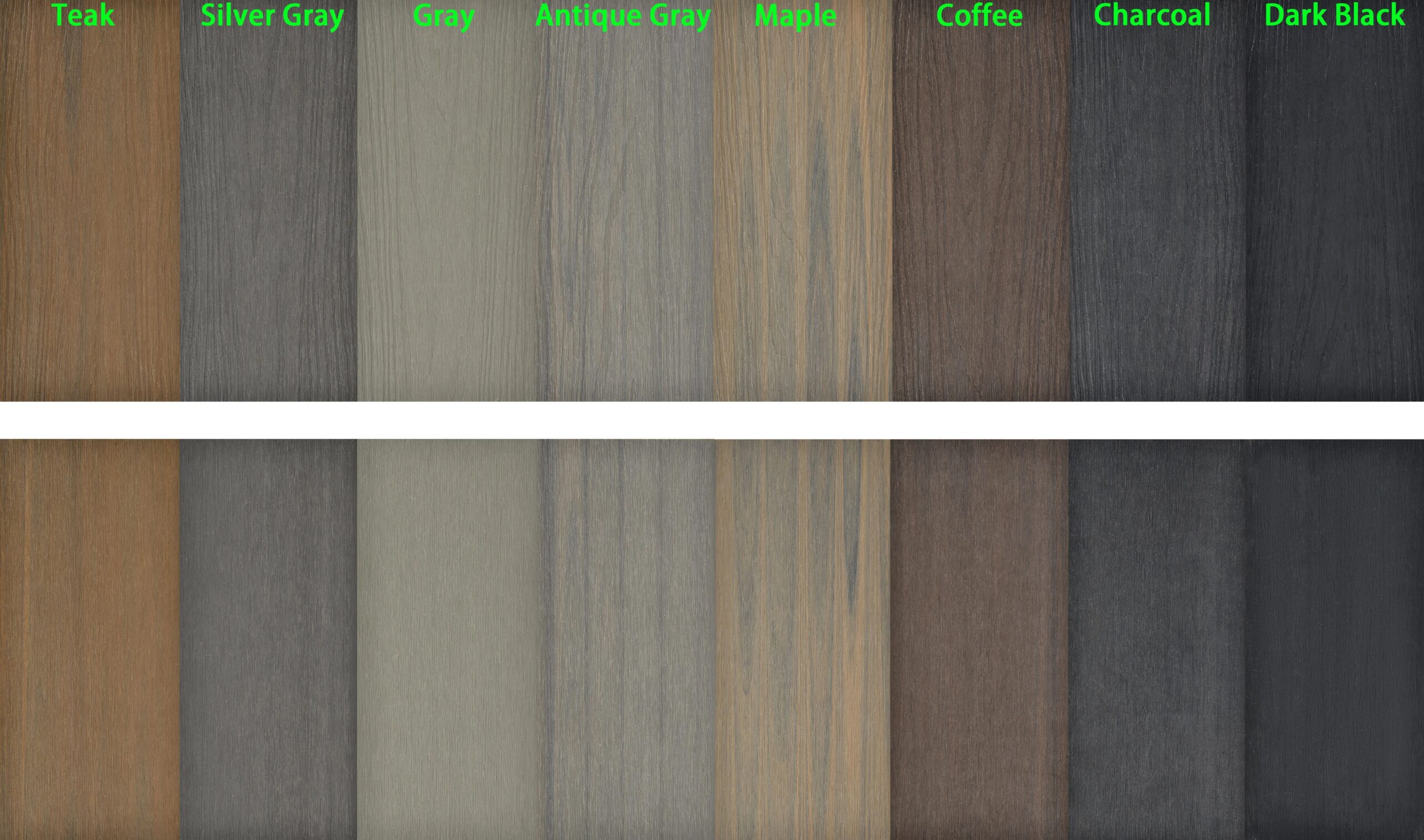

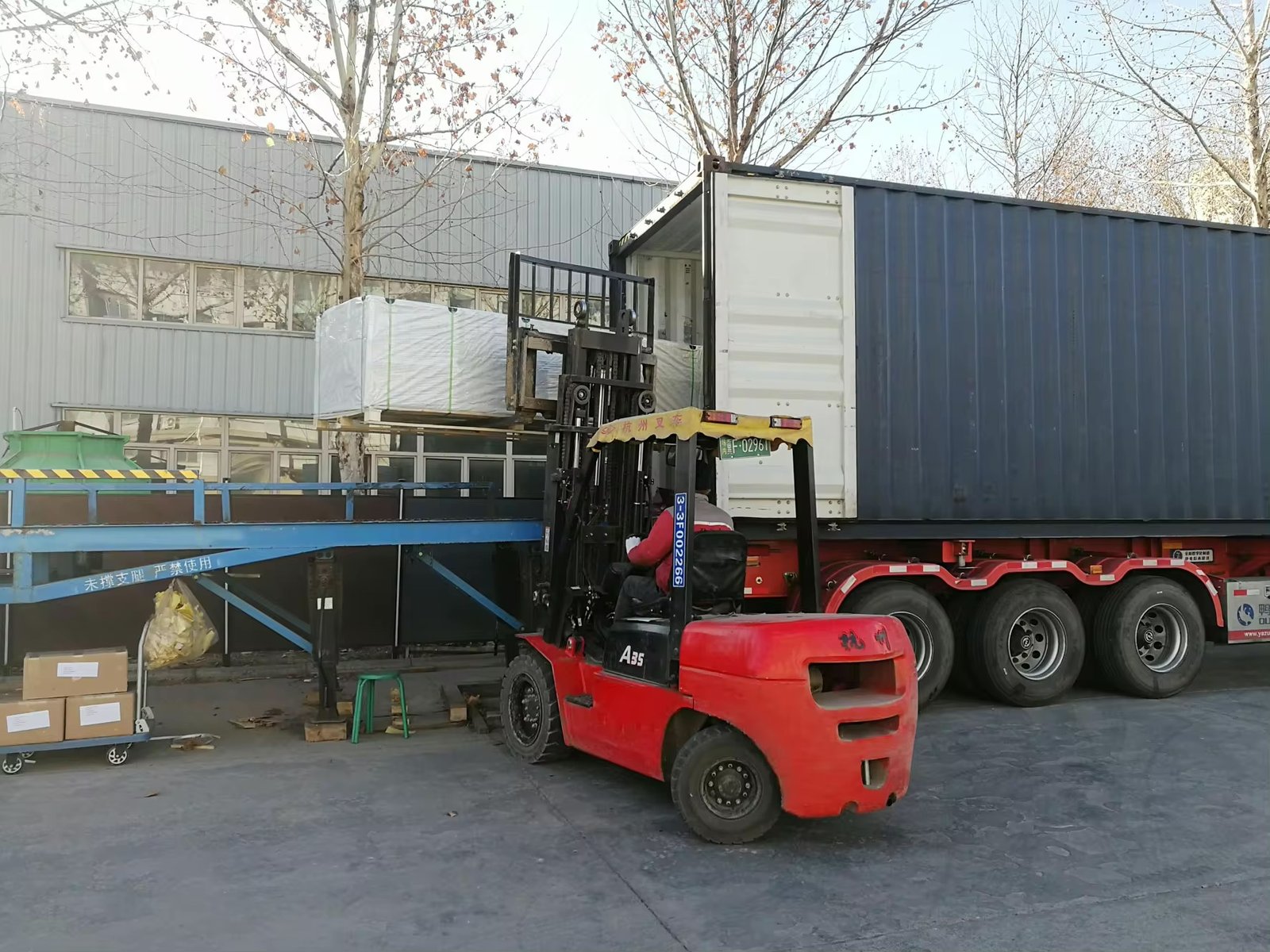
Why Choose Plastory?
Baoding Plastory New Materials Co., Ltd. is a manufacturer of decorative materials with over 9 years of experience and 56 separate production lines.
Currently, our annual production exceeds 30,000 tons, with products exported to more than 50 countries worldwide.
Plastory is the drafting unit of the WPC National Standards and has obtained certifications such as REACH, ASTM, CE, and FSC. Plastory is dedicated to maintaining consistent quality, focusing on details, and prioritizing customer satisfaction.
Our factory is located in Baoding, Hebei Province, China, with a prime location and convenient transportation access. Baoding is approximately a 1.5-hour drive from Beijing Capital International Airport and just 2 hours away from Tianjin Port, making it easy for global clients to visit and facilitating efficient shipping of goods. Our facility spans a large area, equipped with advanced production equipment and modern testing facilities to ensure that every batch of products meets the highest quality standards.
We warmly welcome clients from around the world to visit our factory, where you can see our production processes firsthand and experience our product quality. Please feel free to reach out to us—we are committed to providing you with the best products and services.
Kindly get in touch with us to request a product catalogue.

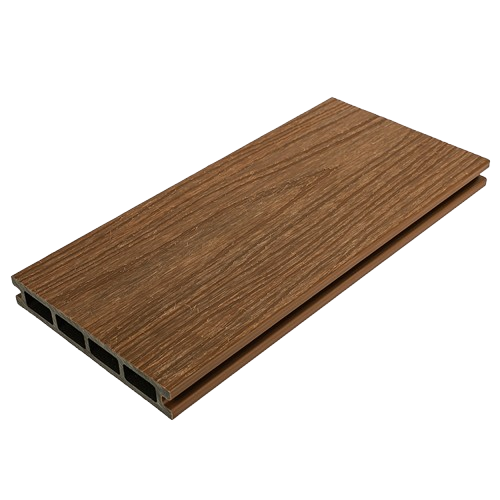

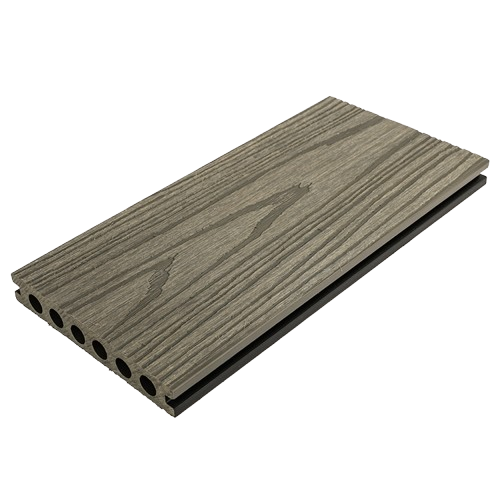
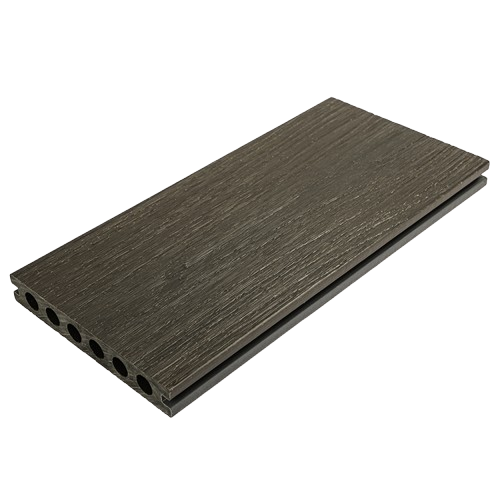
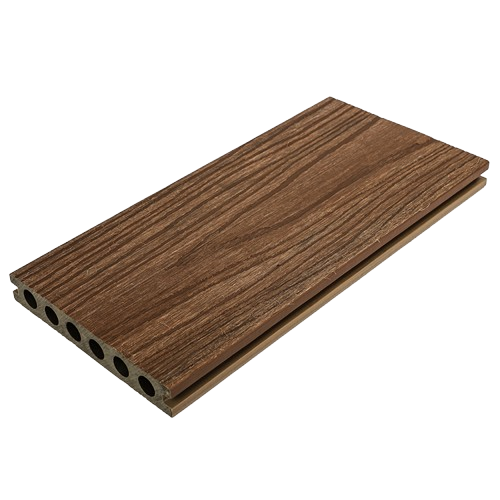
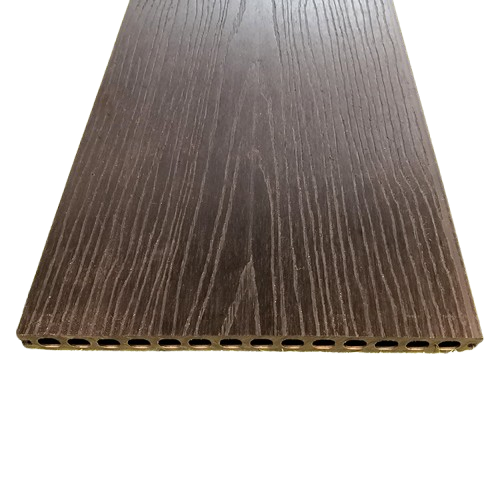
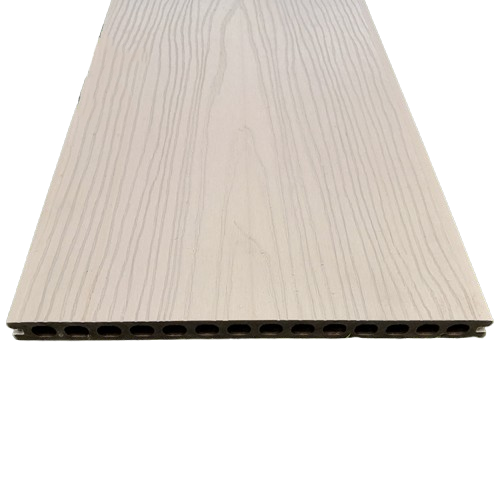

Reviews
There are no reviews yet.